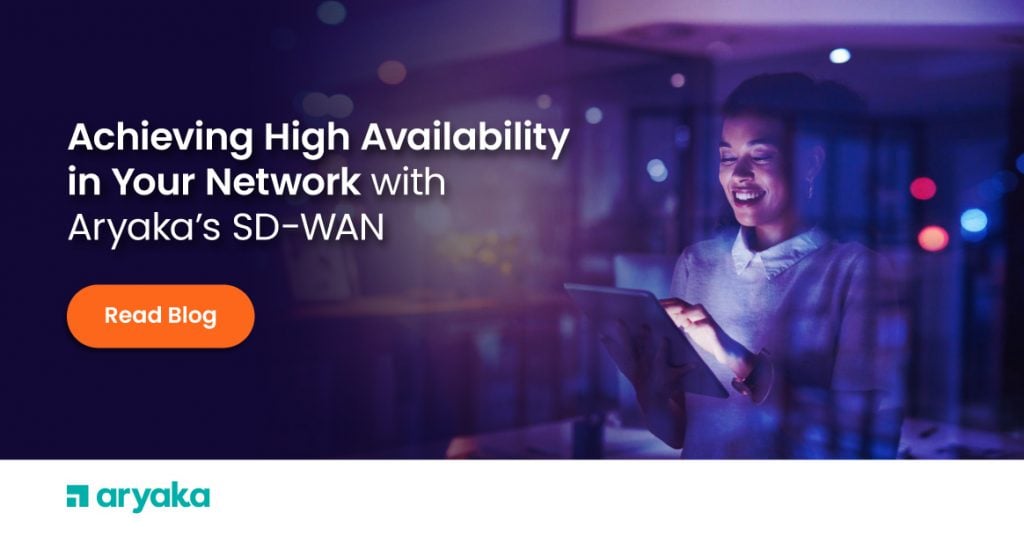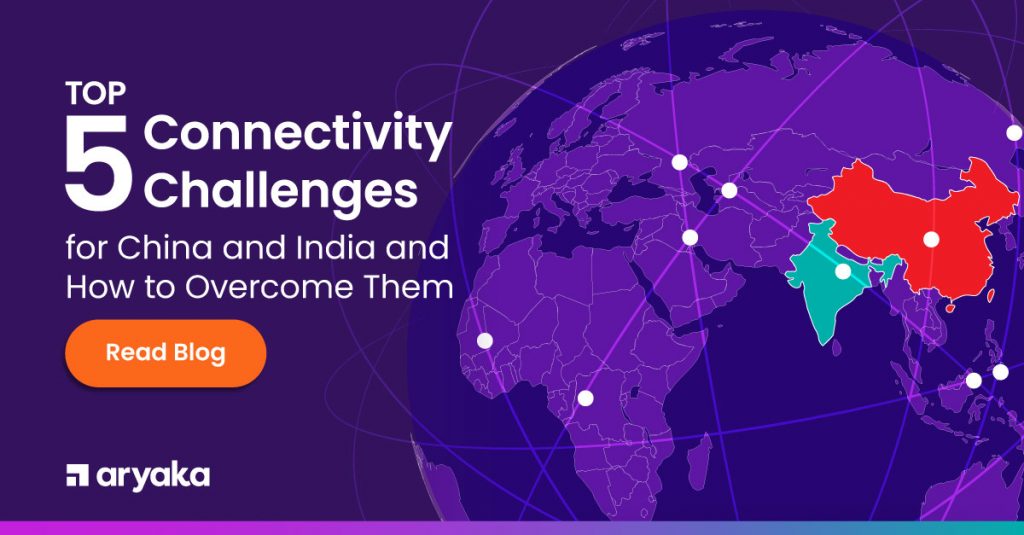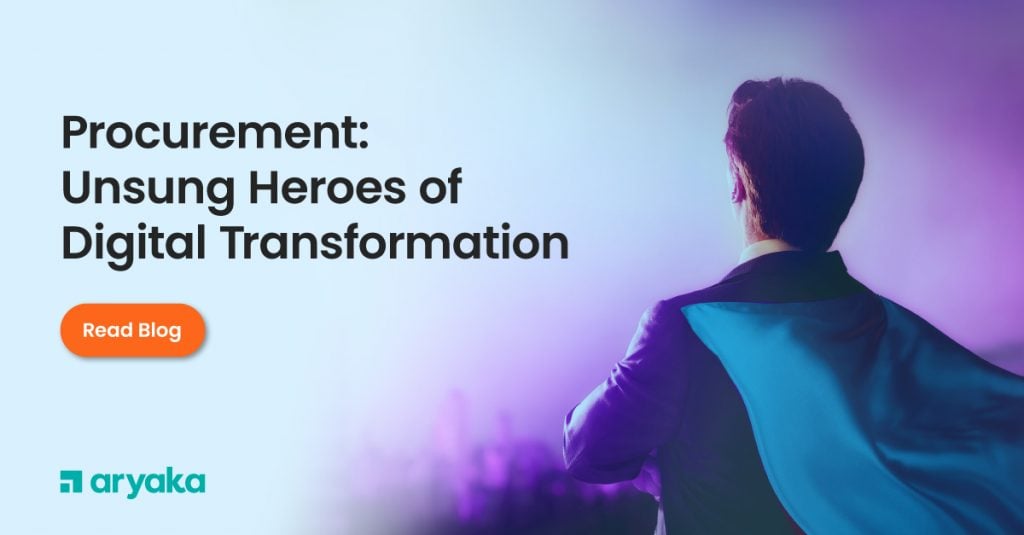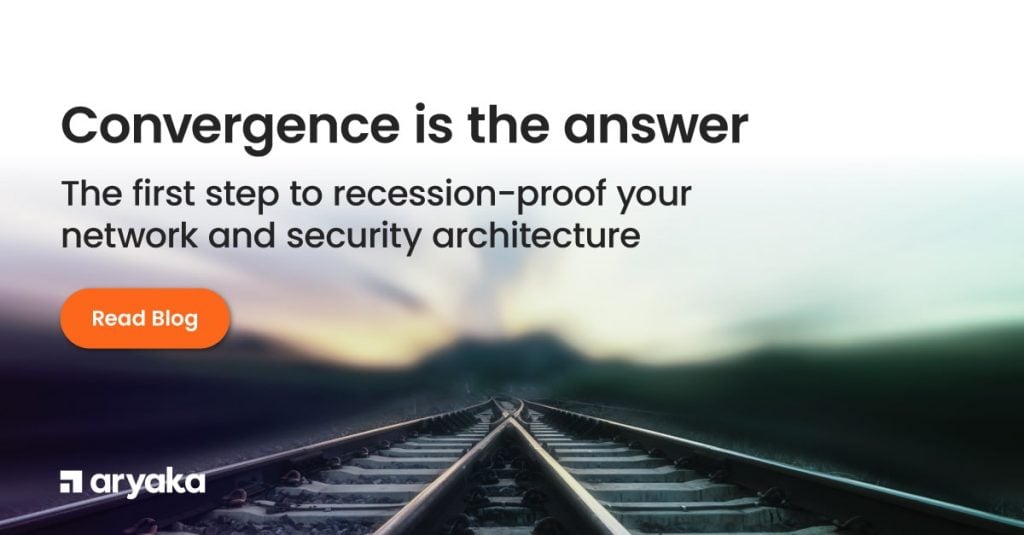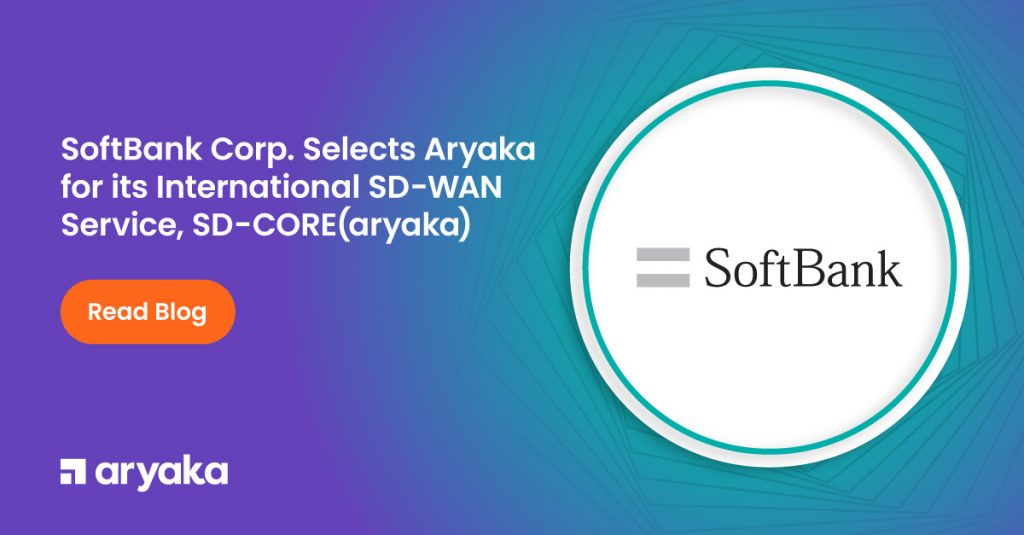What are the key differentiators between traditional telecom network solutions and cloud-first WAN?
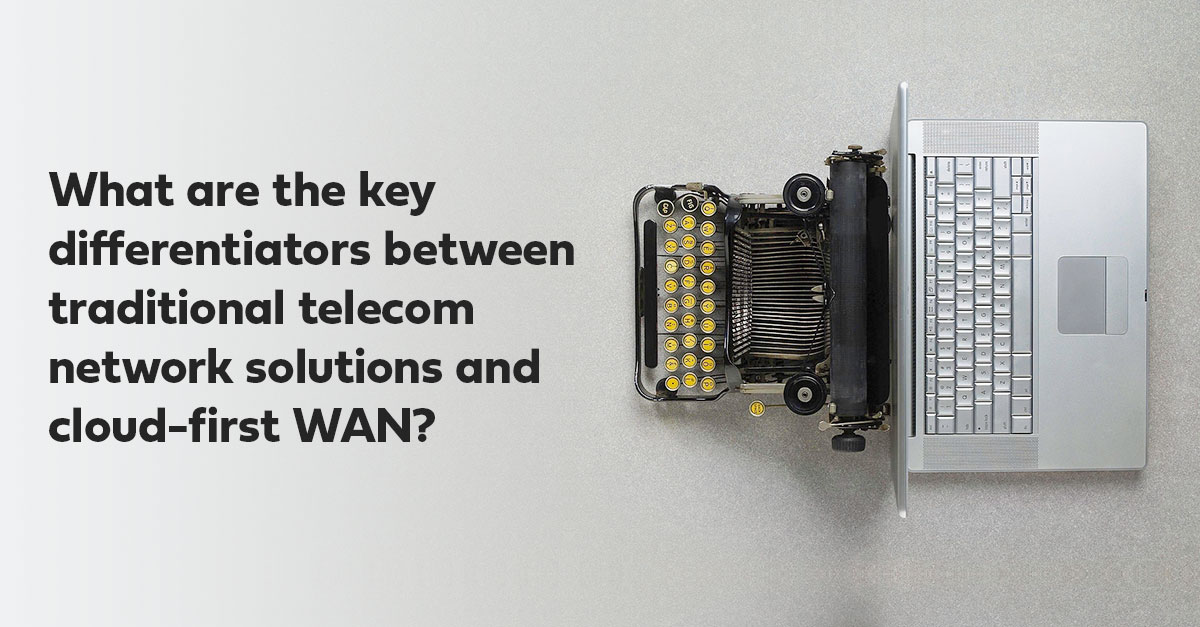
What are the key differentiators between traditional telecom network solutions and cloud-first WAN?
Traditional networks were not built for rapid change and were meant primarily for static environments. Traditional WAN solutions with MPLS brought in predictable network engineering but were not designed for moves and changes due to changing business demands. A Cloud-First approach is really focused on agility, on being adaptive and facilitating change management in a graceful manner. The basic philosophy is to make the network and security constructs as easy to consume, as-a-service for the network and security teams, just as it has become easy for application teams to consume applications through software as-a-service (SaaS) offerings. It is about delivering operational simplicity and a great experience without compromising on application performance, or productivity.
MPLS has often been labelled as inadequate for the modern enterprise – is this how you see it?
MPLS has been the mainstay for WAN environments and has been the workhorse for almost two decades. However, as applications moved to cloud-based models, the network was lagging because MPLS-based networks are really not designed for dynamic change management. Procuring and provisioning MPLS circuits through traditional carriers itself is time-consuming, with timeframes running into several weeks if not months. These workflows are really not suited to the business of today. Enterprises looking to modernize their application architectures, and adopt cloud-native models are better suited to embrace a Cloud-First WAN.
In reality the Cloud-First WAN is not that it is driven by public cloud, but rather as mentioned earlier, focused on consumption, as-a-service delivery, optimized for subscription, operationally simple and delivering a superior application experience.
Enterprise security and networking are more connected than ever – how do you see this taking shape in the coming years?
Security and networking have always gone hand-in-hand. Sometimes the decisions have been siloed. However, we see the trends focused on convergence of these two areas particularly in the contest of network security. This convergence is already happening on-premise as well as in cloud networks. For example, at Aryaka, we are integrating best of breed firewalls from vendors like Check Point software and Palo Alto onto our service edge ANAPs, hosting them as virtual instances and managing them centrally. Sometimes the decisions are being made together at the time of purchase for new sites, and at other times, it is being used to drive physical form factor consolidation on the same footprint.
Moving forward we’ll also see more universal CPEs (UCPEs) with virtualized network and security elements on general purpose boxes. The advantage is to move towards centralised policy application, management and monitoring. Another flavor of security is secure remote access which is VPN-as-a-service. This is particularly relevant during these times of remote working. Again, with Aryaka we allow for telecommuters or network sites to draw from the same aggregated pool of bandwidth purchased, which promotes tremendous flexibility. Any user connecting into the corporate network has to be inherently secure, as much as the corporate site was. All these are driving greater convergence.
How important are SLAs when it comes to ensuring a good relationship between vendors and customers?
Service Level Agreements promote trustworthiness and provide assurance about service quality and the overall experience. SLAs are only as good as they are defined, understood and enforced. Most vendors cannot guarantee an end-to-end SLA, because they don’t own enough components of the service delivery value chain. For this reason, traditional SD-WAN box vendors cannot guarantee network SLAs. Furthermore it can be complicated for global deployments or when last mile circuits are involved. Most vendors offer convoluted SLAs and because they don’t control them end-to-end, are really unable to offer service uptime and end up offering backend credits with complex calculations, which are detrimental to the enterprise.
Aryaka has opted out of the 2020 Gartner Magic Quadrant for WAN Edge Infrastructure, can you share the reasoning behind this decision?
Aryaka was called out as a “visionary” in the 2019 MQ for WAN Edge Infrastructure. This has always been an MQ focused on box vendors that promote do-it-yourself (DIY) approaches. Aryaka has always been a fully managed WAN provider. Our service edge devices called the ANAPs were always a part of our SmartConnect managed SD-WAN service. So, we were the only fully managed WAN/SD-WAN provider in the MQ meant for a completely different set of requirements. While most of the other vendors connect as Internet overlays, Aryaka has built out a global L2 private backbone and the ANAPs connect to these service delivery POPs. Thus, while we were okay to be there particularly given the platform Gartner provides and their intimacy with enterprise customers, this year in 2020, we found the requirements changed quite radically, to focus on small form factor flexibility, small retail WANs, greater emphasis on self-service capabilities etc. None of these were areas of focus for Aryaka and so we felt our vision further deviated from the vision of this particular MQ.
Aryaka has always followed an integrated approach of being both an SD-WAN technology vendor as well as a provider with a global network that is delivered as a fully managed service. This approach actually straddles two of Gartner’s magic quadrants. The second one being the Network-as-a-service MQ where we mostly see Telcos and MSPs being listed. We were able to gracefully step out of the MQ and Gartner thankfully dropped us.
This article was originally published on em360tech.
- Accelerate CAD/CAM Performance
- Improve Zoom Conferencing Performance
- Calypso Embraces a SaaS-first Strategy
- CallisonRTKL Transforms their WAN
- Kleinfelder Improves Application Performance
- Teradyne Transforms their WAN
- SAP web application performance
- Kleinfelder Improves Application Performance
- Industrial Manufacturing Company Transforms WAN




